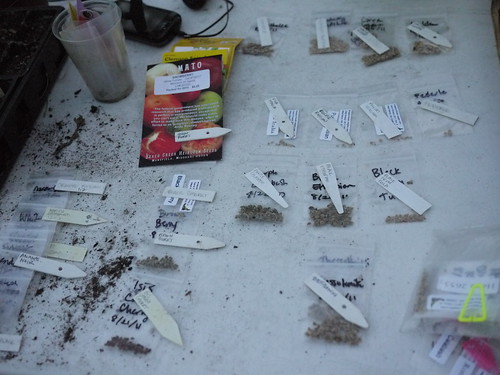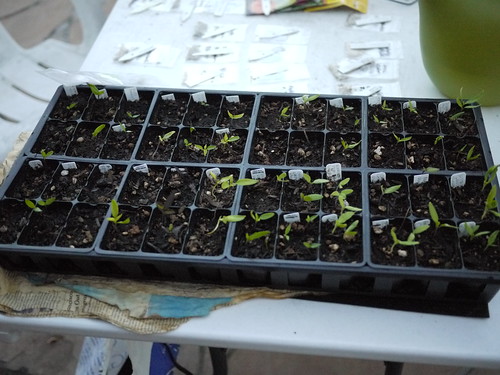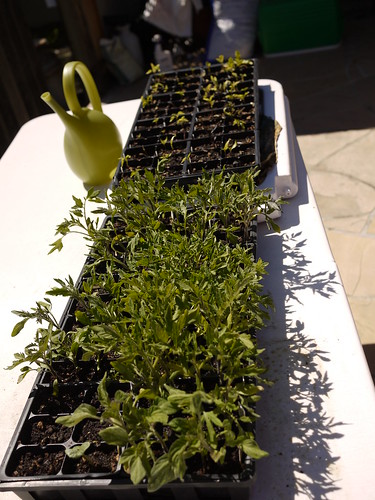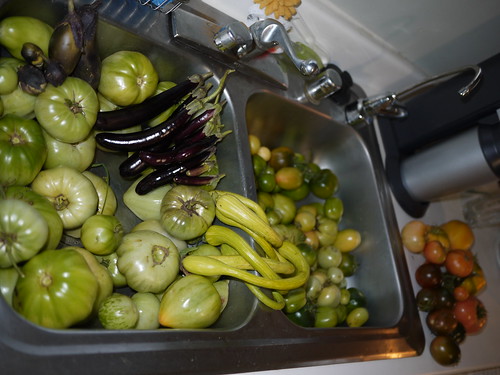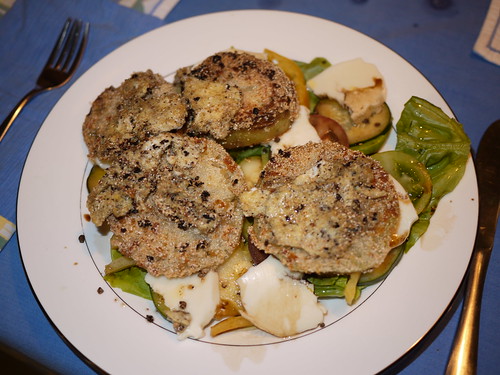The second year of running my own private law practice was similar to the first. Fast, furiously busy, and over before I knew it.
The biggest change is Tech Law Garden has added a part-time Junior attorney! She does great work. It’s exciting to have someone to collaborate with, and the clients get a better value when she’s a good fit as I’m able to bill her out at a lower rate than myself. I’ve also hired someone to do all of my bookkeeping, which is a huge relief and allows me to focus more on my practice.
As for the actual practice of law, more than half of last year’s work was the typical internal legal work all growing technology businesses need: click-through agreements associated with product launches, standard form sales agreements, NDAs, privacy policies, terms of use, API click-through agreements, revenue share agreements, co-marketing agreements, publishing agreements, security policies, open source policies, trademark guidelines, and negotiating deals from the companies’ standard forms.
About 10 – 15% of the work was internal diligence and summary of (i) existing contracts held; or (ii) open source software used by companies in order to help them prepare for a product launch, sale, lawsuit, or IPO filing.
Another 10% is general advice and counseling on all the issues that can arise in the day-to-day life of a small technology company (and in a few cases, IP/tech advice and counseling for individuals). Some of this is easy to predict: for example, privacy and security are always an issue. But I particularly enjoy this portion of my practice because I can never guess what surprise might be next (need to file for an export license? a need for a DUI referral for an executive’s relative? a subpoena? an unexpected image of porn displayed in user generated content? a discovery of a serious bug that has privacy implications? an employee who’s developing a competing product? a desire to implement a laptop gifting program? a co-founder with addiction issues? an individual who’s trying to start a new venture while employed at his/her old job?).
And, the remainder, of course, is negotiating deals with other companies. Typically, other small and medium companies are fairly nimble and my clients can close those deals on a fairly short timeline. Manufacturing agreements, distribution agreements, and other specialized service agreements can take a little more time, but generally don’t take more than a month (unless you’re dealing with regulated manufacturing or super-secret technology, in which case all bets are off).
However, as you’d expect, almost all of the usual suspects in the Fortune 500 want to work from their forms (*not* my clients’ forms). In some cases, my clients and I have been able to convince big companies to use my clients’ forms. (I’ve never seen a University licensing department agree to anything except their own forms). But, in most cases, to do a significant deal with a big company or university, technology startups have to start with a long, extremely big-company-favorable (or university-favorable) form.
With these folks, if you are a small startup, unless you have quite a bit of leverage, it is common for it to take at least a month, and often *many* months, to get a deal to closure. It can be a painful exercise, and I think this is one area where a good attorney can add quite a bit of value for a startup (to help the startup (i) understand exactly what the risks of the deal are; (ii) focus on what they really want and need from the deal; and (iii) hold the line).
In year 2 of Tech Law Garden, the longest, most drawn-out deals awards go to:
- Amazon
- Apple
- Advertising Agencies (When they represent big brands, they expect to be treated like a big company, no matter what size they are.)
- Facebook
- Google
- Microsoft
- Samsung
- Universities (Academic time is a completely different concept from business time. Think holidays.)
- Zynga
Finally, because I’m a data nerd, here are some data points from my practice, thus far:
- I have done invoiced (including pro-bono) work for exactly 60 clients since I started the practice, a little over 2 years ago.
- The first month of my practice, I invoiced 2 clients.
- In a typical month in year 2, I invoiced 11-12 clients.
- In my busiest month in year 2 (September), I invoiced 17 clients.
- In addition to the clients who’ve engaged me, I’ve also met with, or taken phone calls from over 30 potential clients where the correspondence was significant enough to create a folder for the correspondence, but (for whatever reason) we have not engaged in an ongoing attorney-client relationship at this time.
- I’d estimate I’ve met with or taken phone calls from at least another 60 entities or individuals who needed an attorney, but it was very clear that they did not need someone like me. I’m always happy to talk with folks and make referrals to other attorneys as a regular part of my practice.
In short, my practice has very little predictability. I have a few clients for whom I do work every month. But the majority of my small startup clients and individuals only need help a few months of the year. It is not uncommon for a client to need help one month and then for them to be silent for 6 months. It is also not uncommon for me to meet with a potential client in one month and for them to wait 6 months until they engage me.
I’m excited to see what year 3 will bring!



